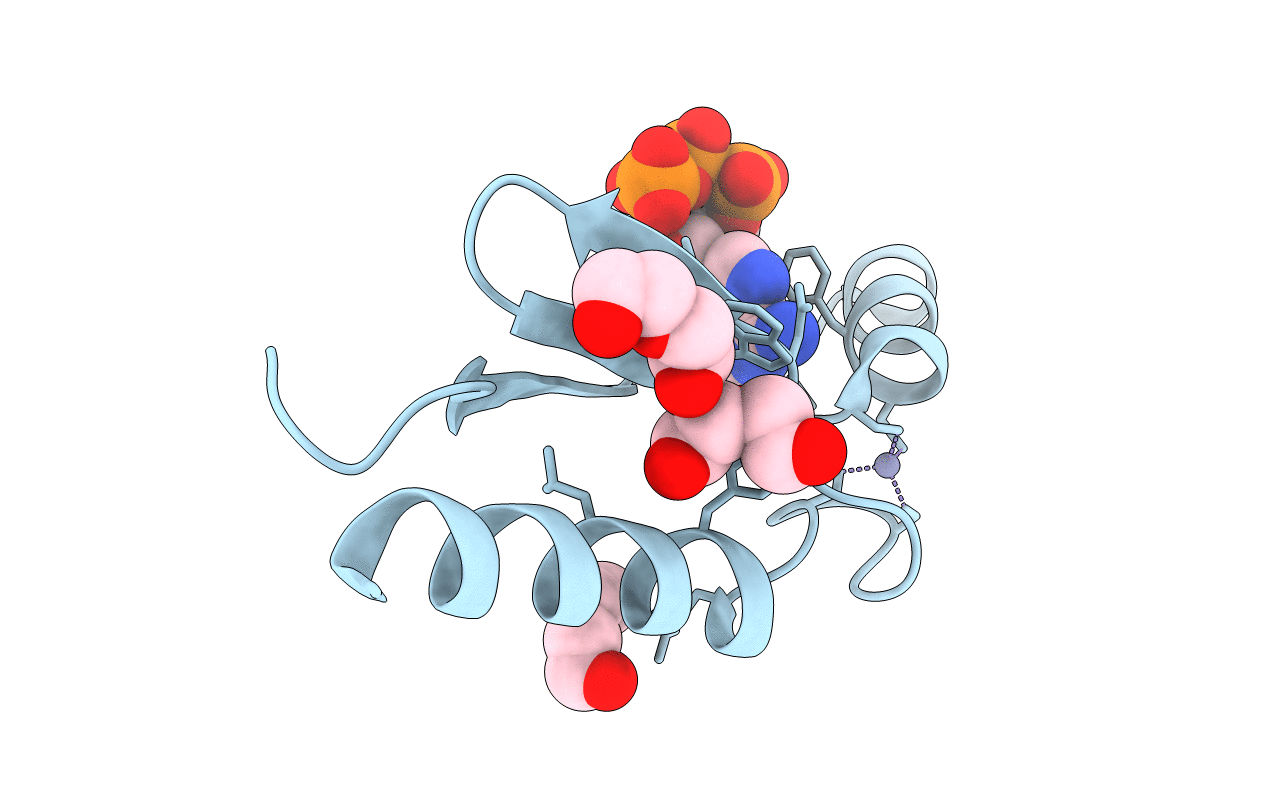
Deposition Date
2008-06-13
Release Date
2009-06-30
Last Version Date
2024-02-21
Entry Detail
PDB ID:
3DGL
Keywords:
Title:
1.8 A Crystal Structure of a Non-biological Protein with Bound ATP in a Novel Bent Conformation
Biological Source:
Source Organism:
unidentified (Taxon ID: 32644)
Host Organism:
Method Details:
Experimental Method:
Resolution:
1.80 Å
R-Value Free:
0.20
R-Value Work:
0.17
R-Value Observed:
0.17
Space Group:
P 32 2 1


